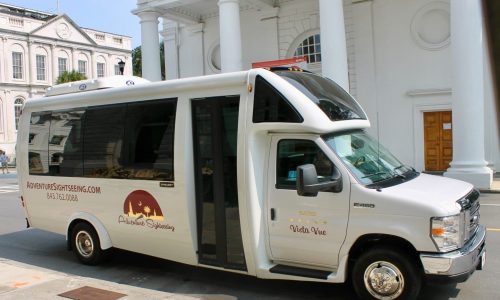Just when we thought being in Charleston couldn’t get any better, it’s now one of the best places to view the solar eclipse happening on Monday, Aug. 21.
The first total solar eclipse to sweep across the entire United States – coast to coast – since 1918 will enter the country crossing Oregon and will exit three hours later in South Carolina between Georgetown and Charleston.

According to NASA information, the eclipse should pass over Charleston between 2:45 p.m. and 2:48 p.m. During that time, the moon will completely cover the sun.
Remember, it is never safe to look directly at the sun’s rays – even if the sun is partly obscured. To watch the eclipse, wear a pair of safety glasses. If you’re attending an organized event, check to see if glasses are provided; otherwise plan to purchase a pair for yourself and your children (sunglasses do not provide adequate protection).
There are several events happening around the Charleston area on Aug. 21 where people can gather to watch the eclipse. For a list of events, visit travelerofcharleston.com/events_categories/eclipse/.
The state of South Carolina is planning for a million visitors in the days leading up the eclipse. If you’re coming into Charleston, here are a few safety tips from the S.C. Emergency Management Division.
- It’s hot here in August. You may be outside for quite some time so pack plenty of water, snacks and sunscreen.
- Don’t forget your eclipse viewing glasses. Many events may provide glasses but there’s a chance they won’t have enough for everyone. Be sure to purchase only those glasses are that ISO certified.
- Give yourself plenty of time to get to your eclipse viewing destination or to/from your hotel. Expect traffic to be heavy not only on Aug. 21, but in the days before and after as well.
- If you are driving during the eclipse, do not stop. Keep moving. Stopping in the middle of a roadway is very dangerous.
- Be prepared for cell service to be overloaded.
Also, note the pedestrian/bike path on the Arthur Ravenel Jr. Bridge will be closed from noon to 4 p.m. Aug. 21.
For more details and maps on the 2017 solar eclipse, visit eclipse2017.nasa.gov.




















